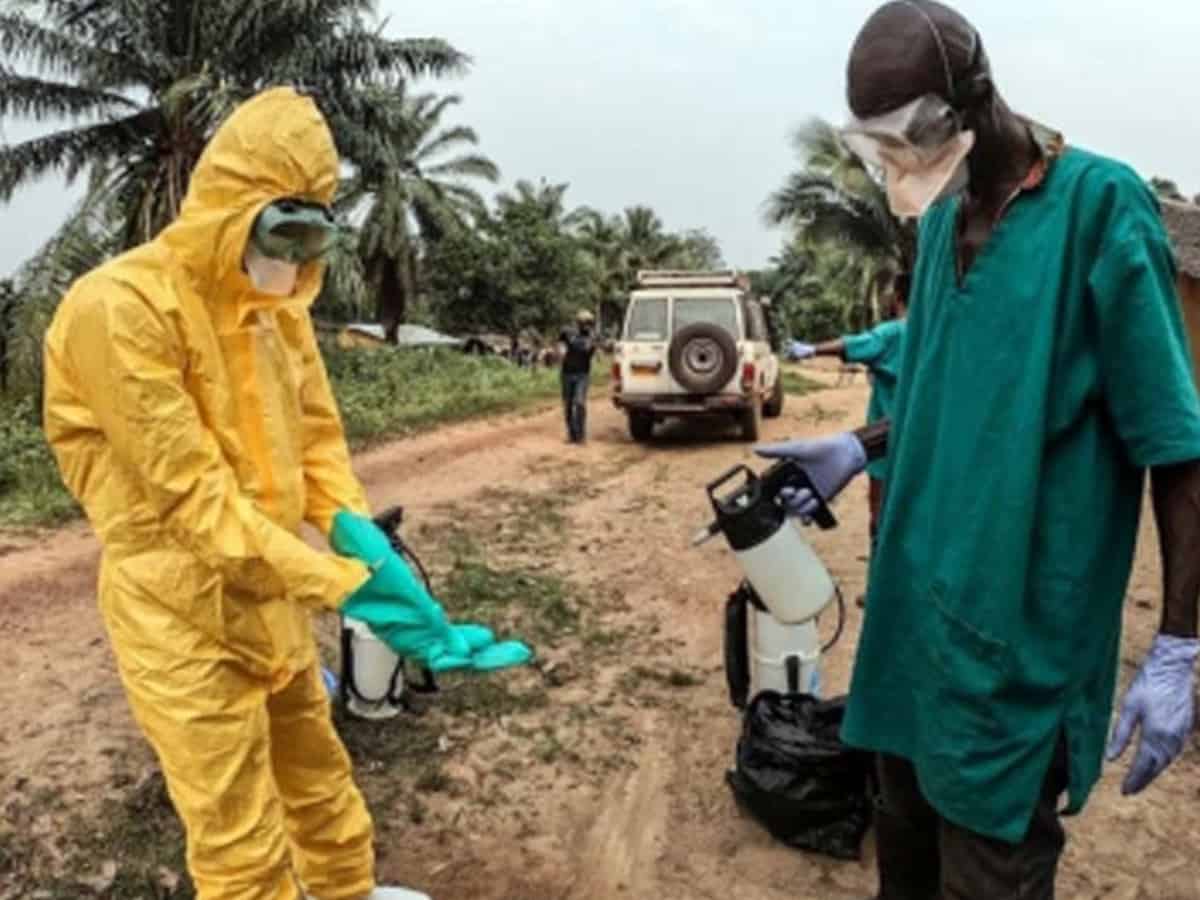
London: Health officials in Tanzania have reported a “strange” bleeding disease, with no known cause, that has so far affected 13 people and claimed three lives, media reports said.
The 13 Tanzanian patients, from the Lindi region, showed symptoms similar to Ebola or Marburg — fever, severe headaches, fatigue and bleeding, especially from the nose, Daily Mail reported.
But according to the country’s Health Ministry, preliminary lab test results have ruled out Ebola and Marburg viruses as well as Covid virus from these cases.A
The new Ebola-like disease comes days after another African nation Ghana reported two deaths from Marburg virus. The virus is known to kill up to 90 per cent of infected patients.
Tanzania has never before recorded a case of Ebola or Marburg, two deadly viruses known to cause bleeding.
Yet neighbouring countries, including the Democratic Republic of Congo and Uganda, have in the past.
According to Tanzania’s Chief Medical Officer Aifello Sichalwen, one of the patients had fully recovered while the others were being isolated, the report said.
“The government formed a team of professionals who are still investigating this unknown disease,” he added.
Sichalwe has also urged Tanzanians to remain calm as investigations continue, while urging anyone exhibiting similar symptoms to immediately seek medical attention.
Tanzania’s President Samia Suluhu Hassan said the “strange” disease may have been caused by “growing interaction” between humans and wild animals.
Both Marburg and Ebola are known to spread between humans, and can be carried by fruit bats.
Experts are baffled by the new outbreak and do not yet know what virus is causing people to become unwell.
A team of doctors and health experts have been sent to investigate the mysterious disease amid fears it could be spreading, the report said.
Meanwhile, a new analysis by the World Health Organization (WHO) showed that Africa is facing a growing risk of outbreaks caused by zoonotic pathogens.
There has been a 63 per cent increase in the number of zoonotic outbreaks in the region in the decade from 2012-2022 compared to 2001-2011, the WHO analysis noted.
Between 2001-2022 there were 1,843 substantiated public health events recorded in the WHO African region.
Ebola Virus Disease and other viral hemorrhagic fevers constitute nearly 70 per cent of these outbreaks, with dengue fever, anthrax, plague, monkeypox and a range of other diseases making up the remaining 30 per cent.
The increase in zoonotic cases may be due to several reasons. Africa has the world’s fastest-growing population and there is a growing demand for food derived from animals including meat, poultry, eggs, and milk.
The population growth is also leading to rising urbanisation and encroachment on the habitats of wildlife. Road, rail, boat and air links are also improving across Africa increasing the risk of zoonotic disease outbreaks spreading from remote areas where there are few inhabitants to large urban areas.
As we have seen with the West African Ebola outbreaks, there can be a devastating number of deaths and cases, when zoonotic diseases arrive in cities, the WHO said.
